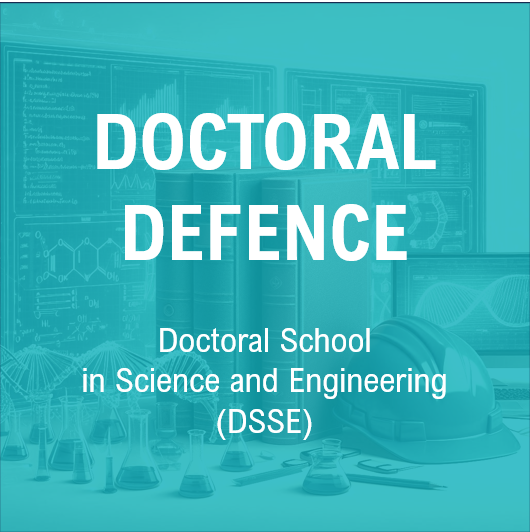The Doctoral School in Sciences and Engineering is happy to invite you to XU Yangjie’s defence entitled
Quantum Machine Learning: Diverse Perspectives on Application Scenarios
Supervisor: Prof Radu STATE
In recent years, quantum computing, as a potential way to break the bottleneck of Moore’s Law, has gradually shown its unique advantages in the field of machine learning. Not only can it bring exponential or polynomial acceleration in some specific tasks, it also provides entirely new ways of representing and processing information. Focusing on the core theme of application and method innovation of quantum machine learning in structured data, this thesis systematically studies the theoretical models and practical applications of quantum computing in many sub-fields such as agricultural remote sensing, graph neural networks, and hyperdimensional computing, and explores the adaptability, scalability, and effectiveness of quantum models in real-world tasks.
Firstly, in the cropland classification and yield prediction task, this study identifies that traditional neural networks tend to underperform when facing imbalanced and small-sample remote sensing data, often misclassifying minority crop types. To address this, we propose a quantum-classical hybrid recognition framework that integrates quantum feature mapping with classical neural networks. After incorporating quantum feature encoding, we observe a significant improvement in classification performance, especially in cases involving subtle field boundaries and heterogeneous textures. The quantum-enhanced model demonstrates superior accuracy, robustness, and generalization compared to its classical counterpart, validating the advantage of leveraging quantum representations in real-world agricultural datasets.
The second part focuses on the learning of graph structure data and proposes to embed the Continuous Time Quantum Walk (CTQW) into the Graph Neural Network (GNN) architecture. This method not only preserves the global interference characteristic of quantum states but also realizes the efficient modeling of graph topology through the spectral graph methods. Experiments show that the proposed method is superior to many classical graph learning models in tasks such as node classification and graph structure inference.
The third and fourth components of this thesis collectively explore quantum approaches to hyperdimensional computing (HDC), establishing a progressive transition from native quantum-state-based implementation to quantum-enhanced HDC strategies. Initially, we investigate the intrinsic mathematical correspondence between quantum states and high-dimensional hypervectors, and propose a novel quantum-state-based high-dimensional encoding method. This method is realized through quantum circuits capable of generating hypervectors with controllable entropy, thereby implementing essential HDC operations, such as classification and memory reconstruction, on real quantum hardware. This marks the first successful migration of core HDC mechanisms into a fully quantum-native framework.
Building upon this foundation, we further propose the first quantum-enhanced HDC strategy, which does not rely solely on quantum-native implementations but rather utilizes key quantum features to boost the efficiency and expressivity of conventional HDC systems. Specifically, we introduce mechanisms such as quantum-reference-state-based binding, using density matrices to represent superclass states, and quantum state tomography for robust feature extraction. These innovations significantly enhance the resilience and performance of HDC under high-noise and high-dimensional sensing environments. The resulting models achieve superior accuracy and robustness across a variety of multi-class classification tasks, demonstrating the practical benefits of integrating quantum computation into the broader HDC paradigm.
In this thesis, experimental validation is carried out in multiple real and simulation environments, including Qiskit and Paddle Quantum platforms, and a complete closed loop was achieved from theoretical derivation, quantum circuit design to end-to-end experimental evaluation. The results show that quantum methods can expand the expressive power of classical models and become an important tool to deal with large-scale, structured data problems in the future. The work in this thesis provides methodological support for quantum machine learning from theory to application, and also expands the research boundaries of high-dimensional computation and graph learning in the quantum background.
